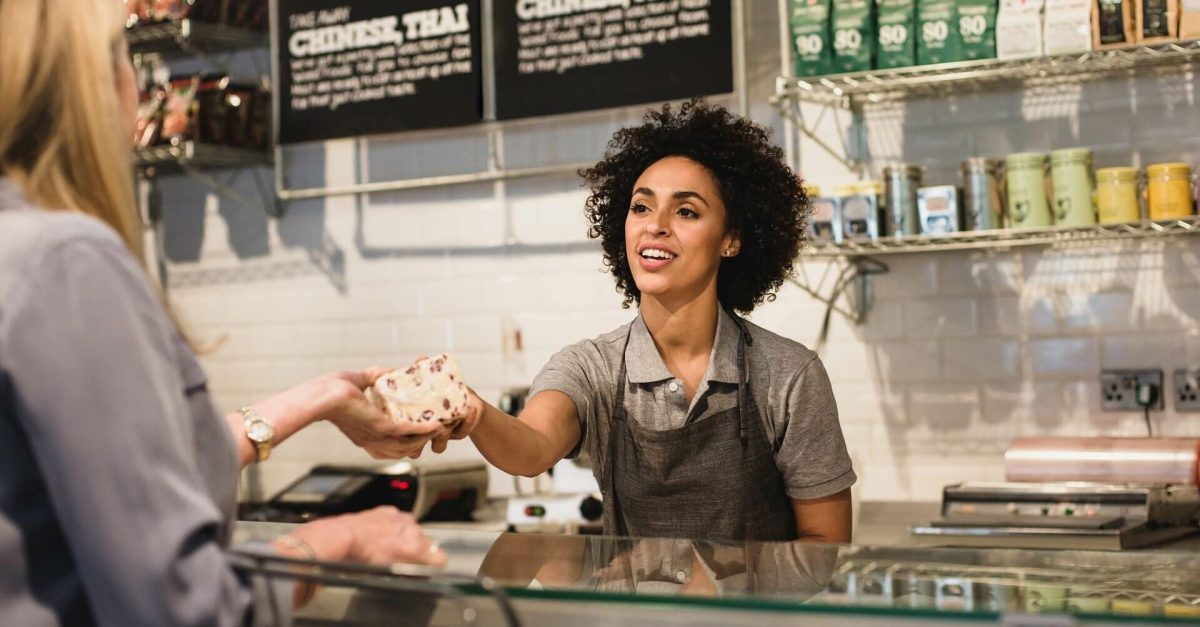Has the key to improving profits in gastronomy finally been discovered? The technology behind dynamic pricing has a goal of transforming profitability dramatically by slightly adjusting prices for deliveries and to-go orders, in other words, in the delivery business.
Advantages of Dynamic price management
Entrepreneur Ashwin Kamlani, co-founder and CEO of Juicer, is convinced his vision will permanently change the industry. “A flexible pricing scheme may be the best thing since customers started going crazy for delivery. However, it is not only a matter of raising prices during peak hours, but also of lowering prices during quiet times, which in turn leads to better utilization. The question you need to ask yourself is: How many meals can I make, when and with how much personnel? You adjust prices based on this data, the prices are adjusted, thus optimizing capacity utilization and turnover.” The technology costs around 200 to 400 dollars per month. Since dynamic pricing has become an effective tool to manage prices and the workforce, you’ll quickly see a return on your investment.

Image: Adobe Stock Images | ReeldealHD images
Factors influencing pricing decisions
Considerable potential lies in individual applications, price adjustments based on weather, time of day, region, events and sports broadcasts, for example. Kamlani explains how this is put into practice. Founded in 2021, his company provides full-service, data-driven pricing technology for the restaurant industry. “We are not talking about a disproportionate increase in prices here. It’s about using data to make smarter pricing decisions. If you observe that the order rate soars at the start of every World Cup match, you can take advantage of this to achieve ideal capacity utilization. Prices go up during peak times, but go down two hours before the event, for example. You’ll always have customers who prefer to order at lower prices, which ensures a good balance when you have a limited workforce,” Kamlani says.
Sieh dir diesen Beitrag auf Instagram an
Demand determines price
Dynamic pricing offers price adjustments based on demand that increase or decrease as needed. Restaurants or caterers can use excess inventory, such as perishable goods, by offering them in off-peak specials. At peak times, more high-margin products can be offered.
The need for a bargain
Restaurants can make diners feel like they are receiving a one-of-a-kind offer. With this bargain concept, you can attract a whole new group of guests as well.
Create good conditions for dynamic price management
An increasing number of restaurants and further foodservice businesses are turning to technology and automating their operations. Dynamic pricing is easier to implement in automated ordering channels. Automation fills crucial gaps in managing orders placed online, in restaurants and via delivery apps. Digital menus allow prices to be adjusted immediately. Digital QR code menus have the added benefit that staff have more time to focus on other tasks besides taking orders.

Image: AdobeStock | WrightStudio
Dynamic price management – new approaches for the gastronomy
Gastronomy is looking for new ways to succeed in an ever-changing environment. Dynamic pricing gives them the flexibility to ensure that price matches demand. When considering dynamic pricing, keep in mind that transparency is very important. Customers should always know when and why you are doing this. By effectively implementing this strategy, restaurants can better control and improve their bottom line while offering current and potential customers pricing options that are positively received by all.
















